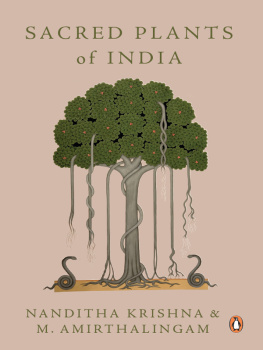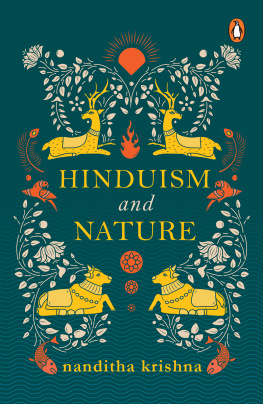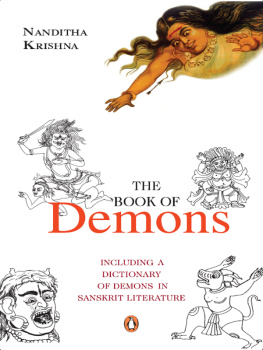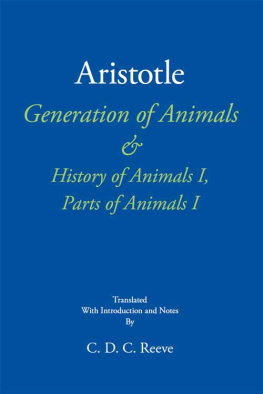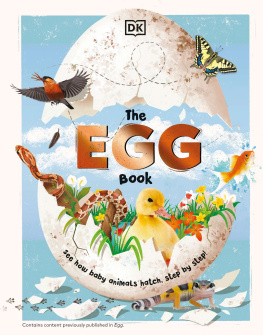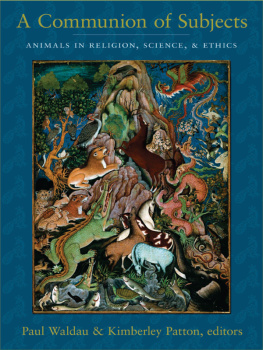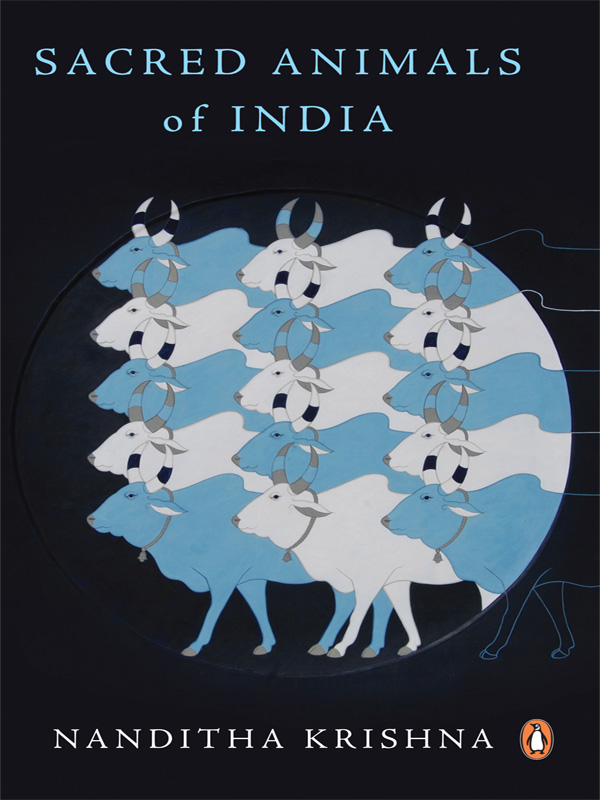Preface
Sacred Animals of India was planned for the Asia for Animals Conference held in January 2007 at Chennai. However, when I began researching the subject, I discovered a wealth of material that was impossible to ignore. So I decided to cover the subject in greater depth.
This book was first published as a limited edition by C.P.R. Environmental Education Centre (CPREEC), for release during the National Conference on the Environment and Indian History held at Chennai in January 2008. It has been expanded to include many more myths and legends involving animals, and rewritten for a more general readership.
My love for animals was instilled in me by my late father, A.R. Jagannathan, a wildlife enthusiast who took me to so many national parks and sanctuaries that I became an avid environmentalist. He was an ardent Hanuman devotee, while my late Ganesha-worshipping mother Shakunthala Jaganathan and I jointly wrote a book GaneshaThe Auspicious The Beginning (Vakils, Feffer and Simons Ltd) in 1992. The seed for this book was probably sown long ago by my parents.
None of this would have been possible without the interest and involvement of Ravi Singh and Udayan Mitra of Penguin, who encouraged me to complete the book quickly, and Archana Shankar, my editor. Thank you, Ravi, Udayan and Archana.
Several people helped me in so many ways: M. Amirthalingam assisted me right through my research, especially in finding the correct names for each animal in various languages. Dr T. Sundaramurthi and P. Sudhakar of C.P.R. Environmental Education Centre, Chennai, and Dr A. Raman of Orange University, Australia, gave the zoological information and ecological role of each animal. G. Balaji searched for illustrations in the private collection of the C.P. Ramaswami Aiyar Foundation and H. Manikandan kept track of all the materials. My husband Dr S. Chinny Krishna, who is also the chairman of the Blue Cross of India, updated me on animal welfare issues in India. He also read, re-read, questioned and edited the book. My sincere thanks to all of them.
Once we decided to illustrate this book with drawings, Y. Venkatesh went through the ardous task of sketching each figure. It was a difficult task to make elaborate pictures of Ganesha and Gajalakshmi into simple sketches, but he did it, I believe, very successfully.
Every animal is introduced with the myths and legends that establish its religious status, followed by a short note on the ecological or social role of the animal, which made it important in peoples lives. The problems of its survival and treatment in todays world have also been covered.
I have tried to provide the Hindi, Tamil and Sanskrit names for each animal and/or the local name in the state where it is specially revered, for many animals are restricted to specific geographic areas.
An appendix on Sacred Animals and Animal Divinities of Ancient Mesopotamia and Egypt has been included. While all ancient civilizations revered animals, the similarities between these neighbours and India require special emphasis. Further, although they may be of greater antiquity than the Indian examples, they have been restricted to an appendix so that they do not divert attention from the main topic of the book.
This book is dedicated to the many dogs and one cat who gave me so much love and companionship over the years, and to the many animals who have suffered and continue to suffer at human handsbullocks pulling overloaded carts, cattle and goats trucked or walked for days without food or water, animals fattened and killed agonizingly to provide man with a plate of rich food, wildlife hunted from fast-moving vehicles with technically sophisticated weapons the list is endless. May they find peace in their future lives.
This book does not whitewash the problems faced by animals. Rather, it is a timely reminder of traditions that once gave animals protection from human inhumanity. India had a rich heritage of respect for all life forms. This respect has been destroyed, without being replaced by anything similar or better. Unless we protect our wildlife from hunting and extinction, and our domestic animals from cruelty, we are not fit to call ourselves educated, or even a people who inherited the great legacy of ahimsa or non-violence.
Nanditha Krishna
Chennai
Introduction
The ancient religions of IndiaHinduism, Buddhism and Jainismhave never differentiated between the soul of a human being and the soul of an animal. All life forms are subject to the cycle of birth, death and rebirth. The liberation of the soul depends on ones karmas or actions, and one goes through several births till the soul realizes the truth. Thus a person, an animal and an insect are equally part of the cycle of life, death and rebirth. Finally, when good karmas lead to self-realization, the soul is liberated from the cycle of samsara. This is moksha or nirvana, the ultimate liberation of the individual soul, leading it to oneness with the Supreme Being or Brahman. Everything has been created by the Supreme Being, comes from the Supreme Being and returns to the Supreme Being. Animals are sacred because people identify with them, an identity born of the belief in karma and the transmigration of souls.
Ancient civilizations revered nature in all its aspects. In Indian traditions, the proper balance of the pancha bhuta (five elements)prithvi (earth), vayu (wind), akasha (sky or space), apa (water) and agni (fire or energy)is essential for the harmony and balance of life on earth. All life forms contribute equally to the balance of these five elements.
The worship of animals probably began very early in human history, when human beings were struggling to survive in a hostile environment. Man and animal have coexisted since the beginning of creation, sometimes in harmony and at other times in hostility, as they fought over limited resources. The carnivores with their strength, speed and physical prowess were feared and had to be overcome. The human brain created tools to achieve superiority over animals and this led to the development of cultures and civilizations. The respect for a powerful adversary made him into a god, worshipped out of fear.


